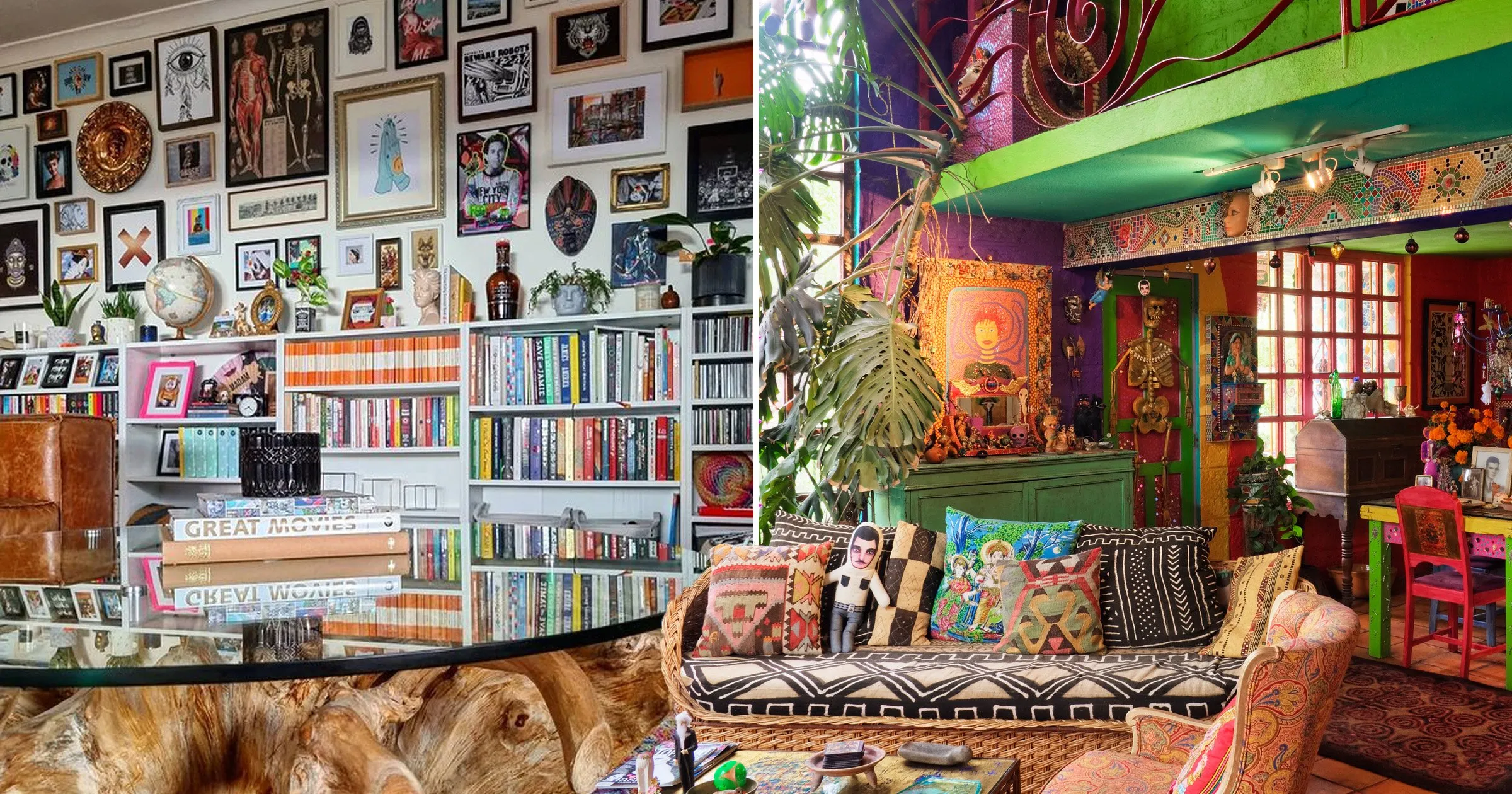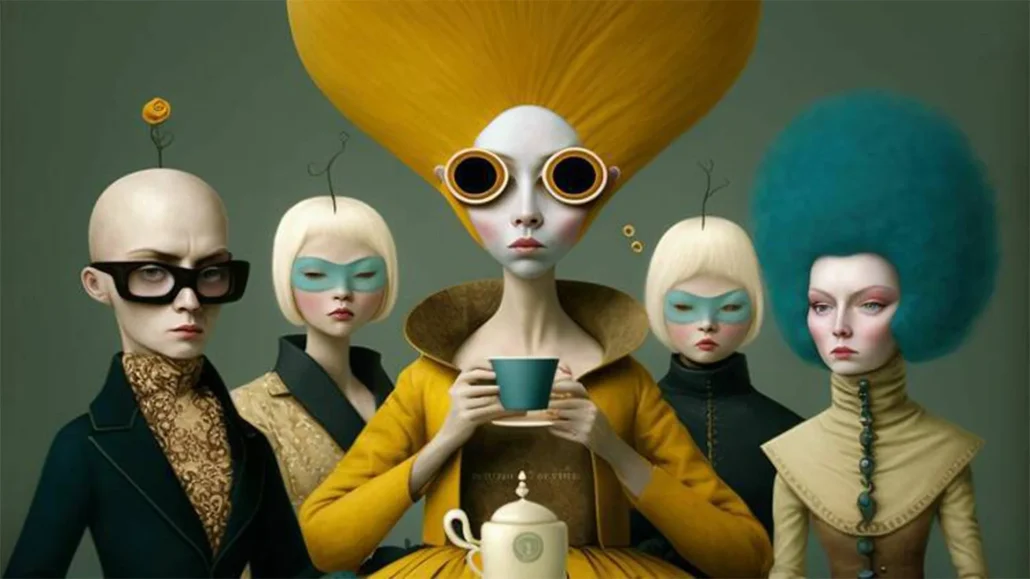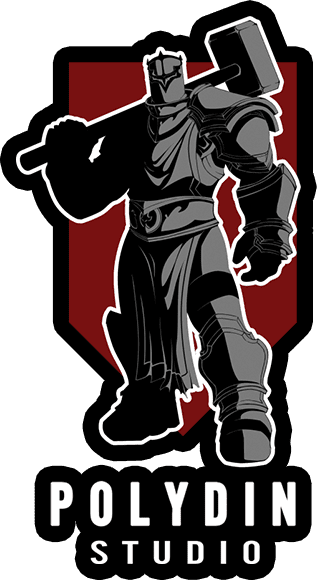As technology evolves and creative boundaries expand, the world of animation continues to witness exciting developments and trends. In 2024, animation enthusiasts and professionals are embracing innovative techniques and styles that redefine visual storytelling. From AI-generated designs to bold minimalism and beyond, let’s delve into the top 10 animation trends in 2024, shaping the industry landscape this year.
1) AI-generated Designs
AI-generated designs are revolutionizing the animation industry by automating certain aspects of the creative process. Utilizing machine learning algorithms, AI tools can analyze vast amounts of data to generate stunning visuals, characters, and even entire scenes. This trend not only enhances efficiency but also sparks new levels of creativity as artists collaborate with AI systems to bring their visions to life.
2) Bento Grids
Bento grids offer a unique approach to organizing and presenting visual information in animations. Inspired by the Japanese bento box concept, where compartments hold various elements of a meal, bento grids divide animation frames into sections, each containing distinct elements or scenes. This structured layout enhances storytelling by guiding the viewer’s focus and creating visually appealing compositions.
3) Gen Z Design
Catering to the preferences and aesthetics of Generation Z, this design trend incorporates vibrant colors, bold typography, and playful imagery to resonate with younger audiences. Gen Z design embraces authenticity, diversity, and inclusivity, reflecting the values and interests of today’s youth. From social media animations to advertising campaigns, this trend captures the attention of Gen Z consumers with its dynamic and relatable visuals.
4) Clusttercore
Clusttercore introduces a whimsical and eclectic style characterized by chaotic compositions, overlapping elements, and vibrant textures. Embracing the beauty of imperfection and randomness, cluster core animations create visually rich and captivating experiences. This trend encourages experimentation and spontaneity, inviting artists to break free from traditional design conventions and explore new realms of creativity.


5) Squishy or Inflatable 3D Design
The squishy or inflatable 3D design introduces a playful and tactile dimension to animations, featuring characters, objects, and environments with soft, malleable qualities. Inspired by squishy toys and inflatable structures, this trend adds a sense of whimsy and charm to animations, inviting viewers to interact and engage with the visuals on a tactile level. Whether used in character animation or environmental design, squishy 3D elements infuse animations with a delightful and lighthearted aesthetic.
6) Bolder Minimalism
Bolder minimalism takes the principles of minimalism—simplicity, clarity, and functionality—and infuses them with bold colors, striking typography, and dynamic compositions. This trend challenges traditional notions of minimalism by incorporating more expressive and impactful design elements while still maintaining a clean and uncluttered aesthetic. Bolder minimalism allows animators to communicate complex ideas and emotions with clarity and impact, making animations visually compelling and memorable.
7) Abstract Patterns and Gradient
Abstract patterns and gradients add depth and visual interest to animations through the use of dynamic shapes, colors, and textures. By incorporating abstract patterns and gradients into animations, designers can create immersive and visually stunning experiences that captivate and engage viewers. Whether used as background elements, transition effects, or focal points, abstract patterns and gradients enhance the overall aesthetic and atmosphere of animations, making them more dynamic and visually engaging.
8) Doodles Illustrations
Doodle illustrations embrace a playful and spontaneous aesthetic, featuring hand-drawn doodles, sketches, and scribbles that add personality and charm to animations. This trend celebrates imperfection and authenticity, inviting animators to embrace the spontaneity of doodling and explore new creative possibilities. Whether used to convey ideas, tell stories, or evoke emotions, doodle illustrations infuse animations with a sense of whimsy and creativity that resonates with audiences of all ages.
9) Geometric Shapes
Geometric shapes bring structure and order to animations, utilizing simple forms such as circles, squares, triangles, and polygons to create visually striking compositions. This trend explores the aesthetic appeal of geometric shapes, incorporating them into character designs, backgrounds, and motion graphics to add depth and visual interest. By playing with scale, perspective, and arrangement, animators can create dynamic and captivating visuals that draw viewers into the world of the animation.




